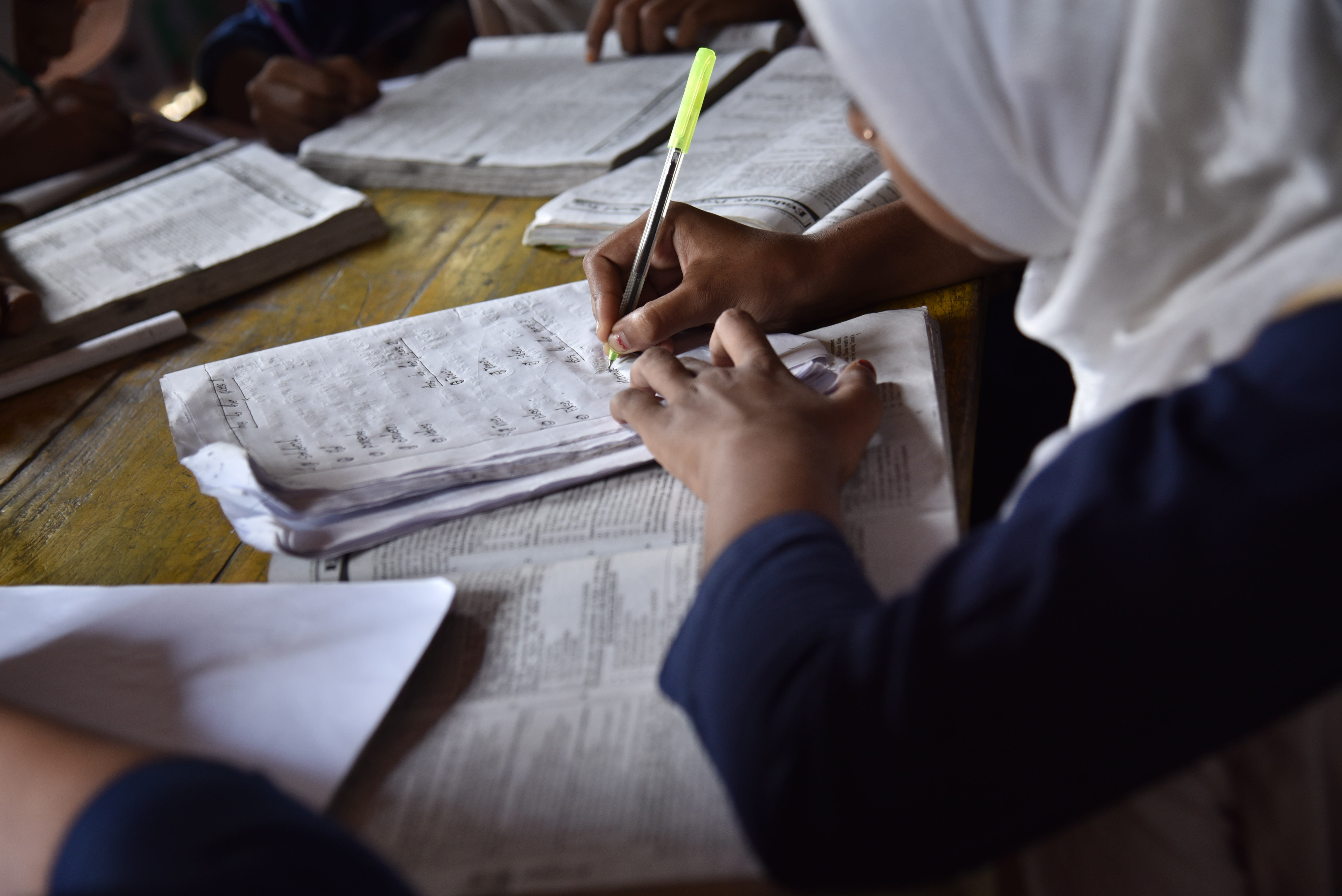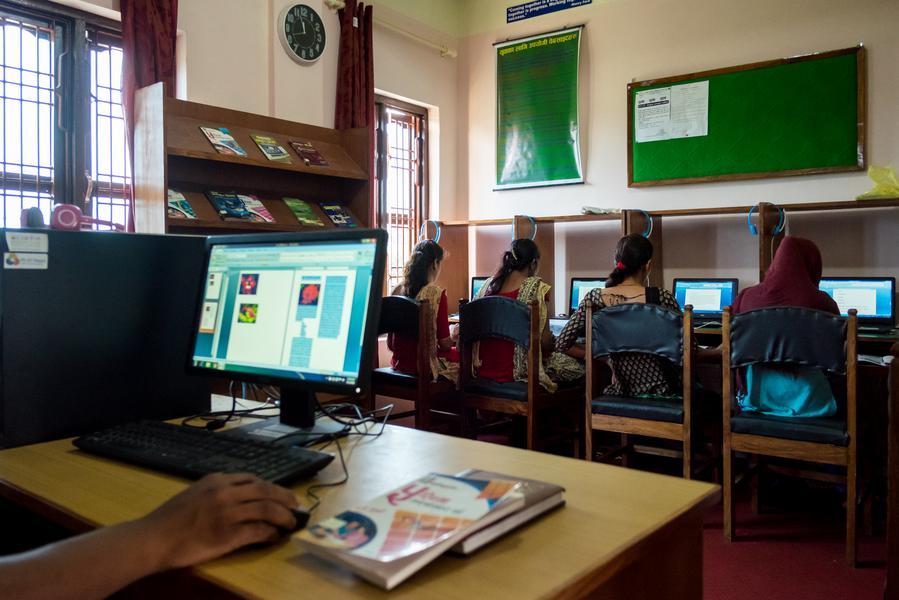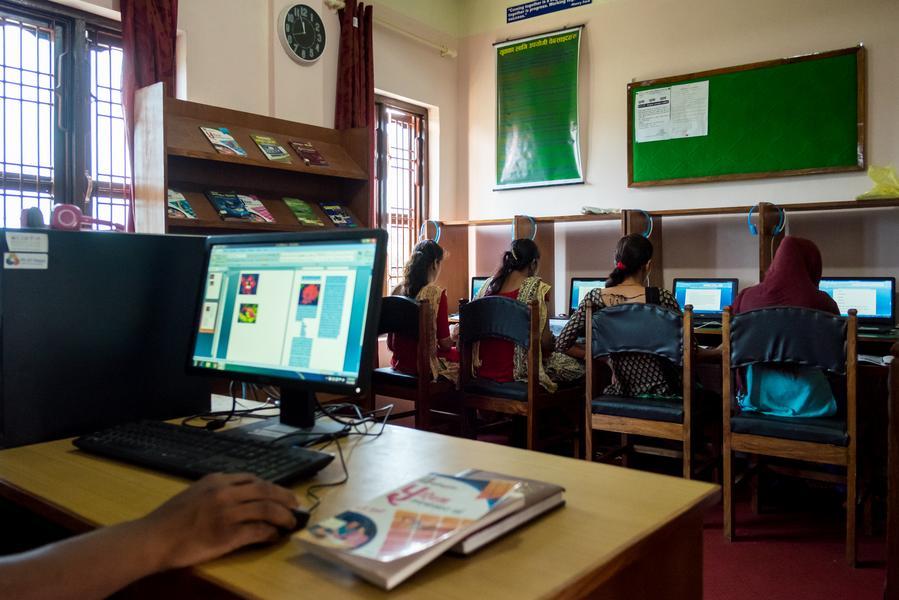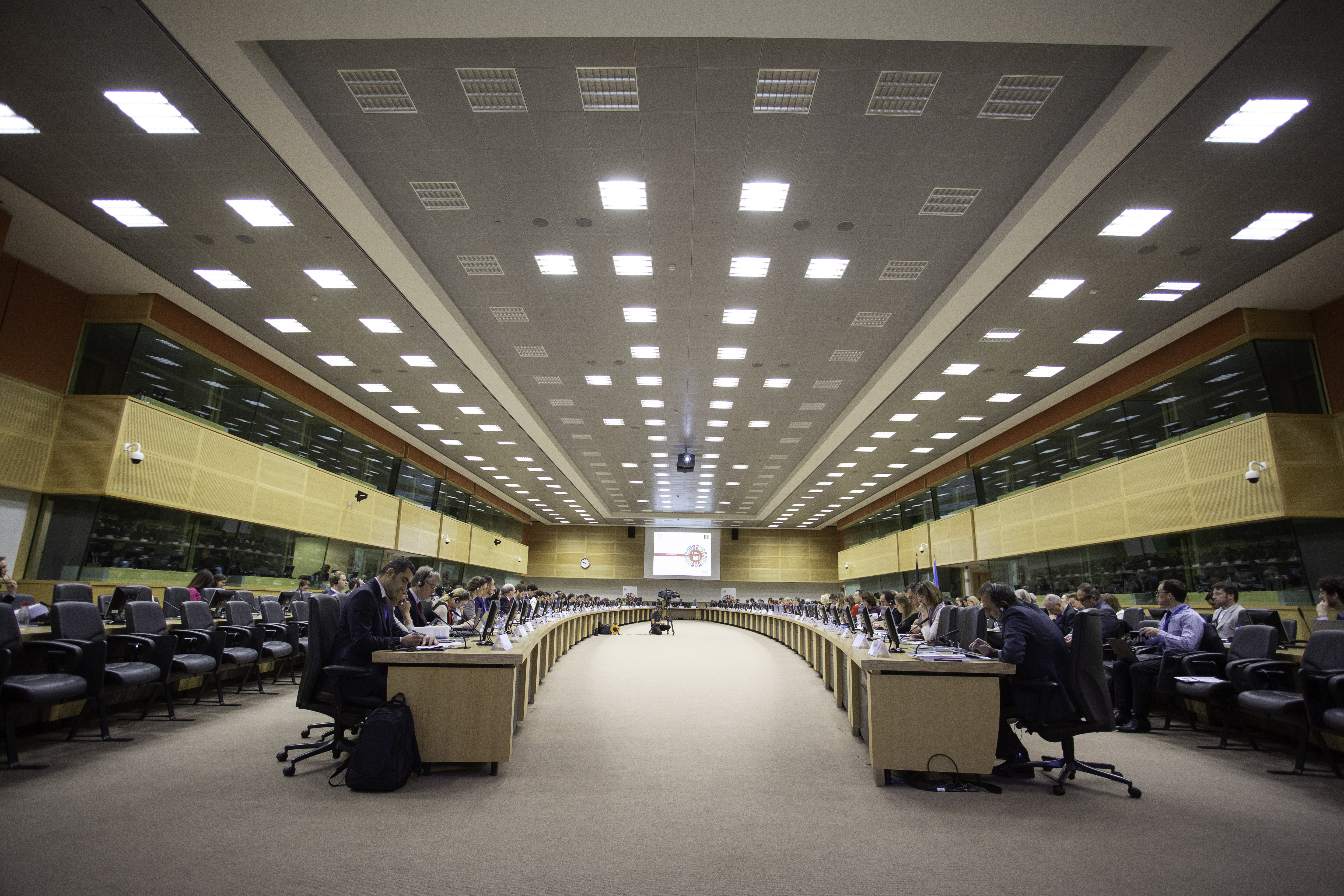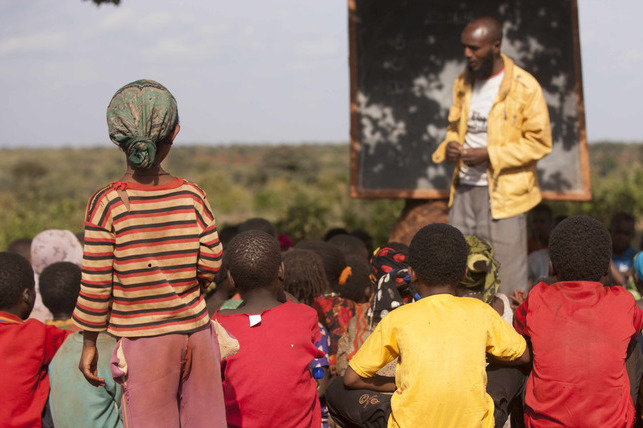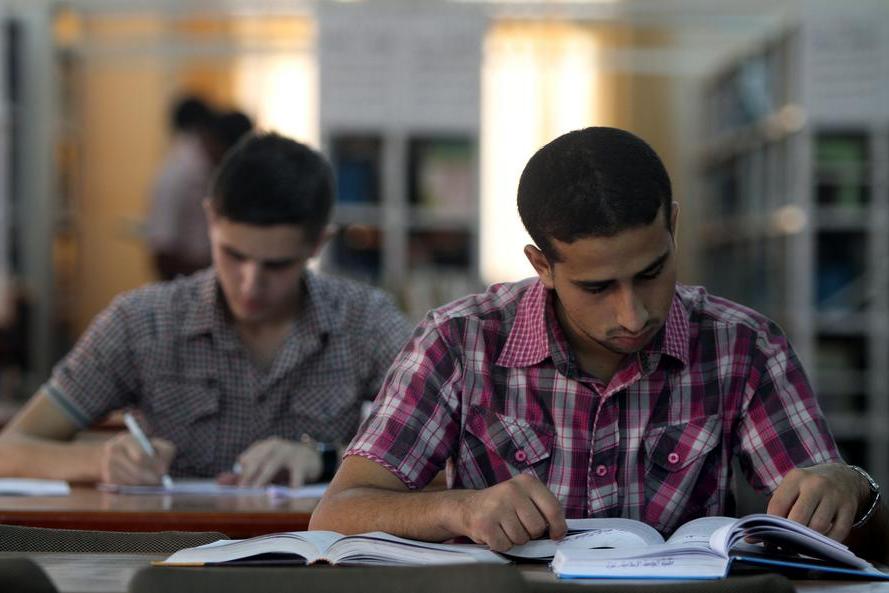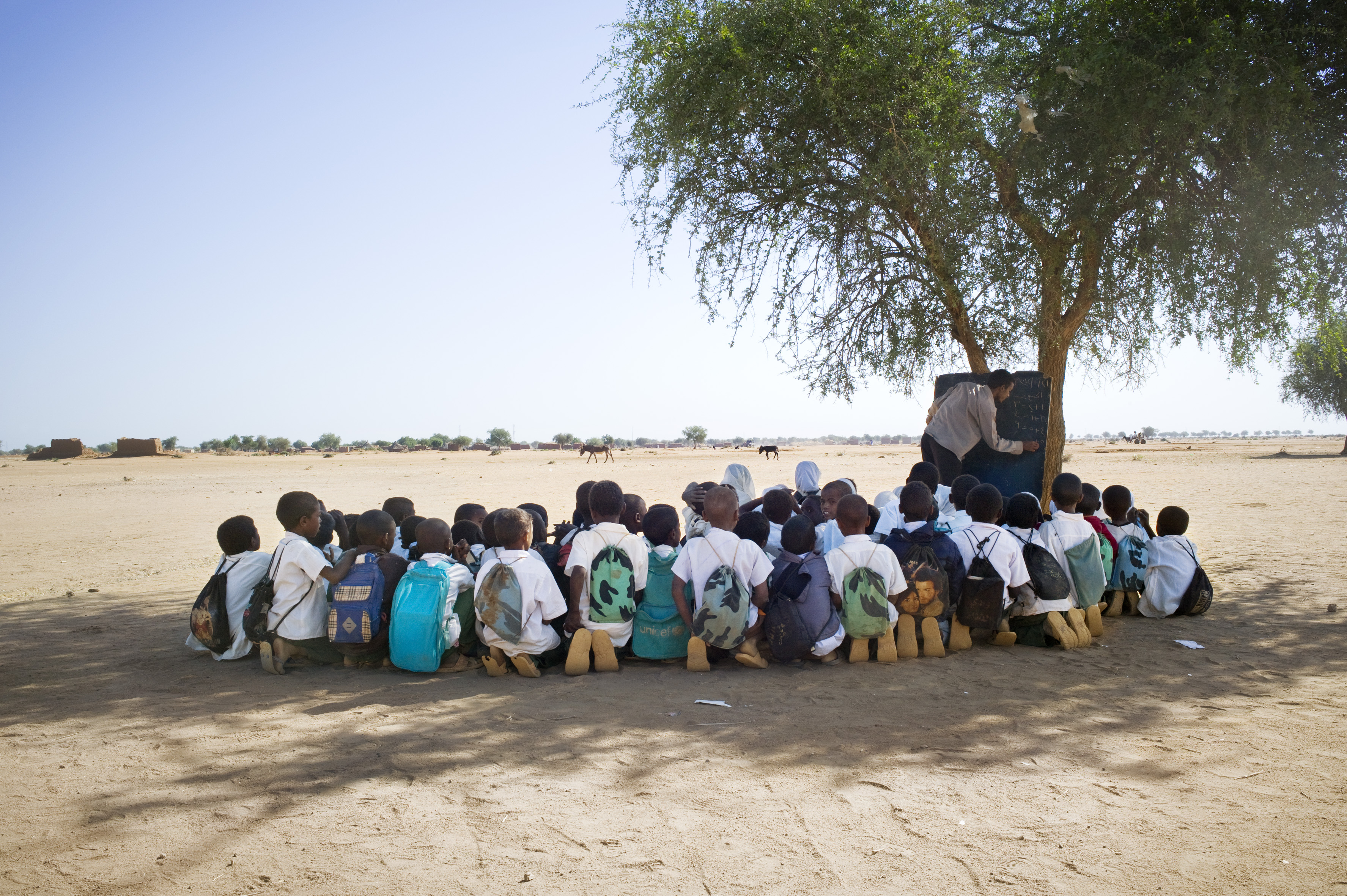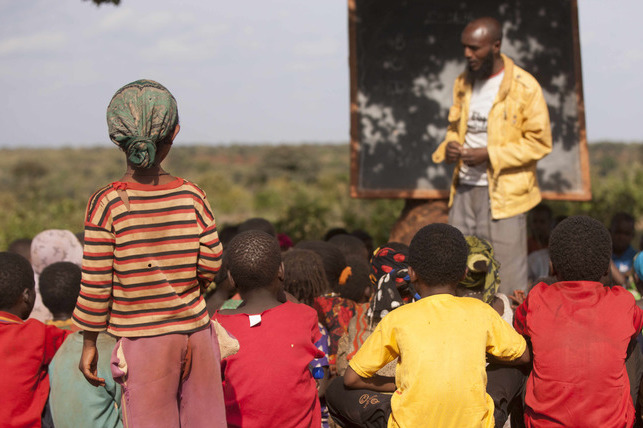
Policies
South African Social Impact Bond (SIB)
Context
In South Africa, nearly 40 percent of young individuals aged 15-34 are not engaged in employment, education, or training (NEET). This statistic also reveals a significant gender disparity: 35 percent of young men are NEET, compared to 43 percent of young women. Unemployment is particularly severe among those with low or no educational qualifications. In the last quarter of 2018, almost 60 percent of the 6 million unemployed South Africans had not completed high school.
Solution
The Social Impact Bond (SIB) project, launched in April 2018, aims to address these challenges by providing upfront capital to the service provider, Harambee Academy. In its first year, the SIB enabled Harambee Academy to identify job opportunities and offer training to 600 marginalized young people nationwide. Unlike typical SIB contracts, this model is being refined and expanded after an initial year of testing. In the subsequent phases, the project will include two additional service providers and investors, with the original investors reinvesting their capital and increasing their contributions. Although not widely used, this capital recycling method allows for a smaller initial investment.
Lerato Lehoko, Managing Director of Bonds4Jobs, explains that the SIB tackles two key issues in South Africa's employment sector. First, traditional routes into emerging sectors like technology are often lengthy and inaccessible to financially disadvantaged youth. Harambee Youth Employment Accelerator has created alternative pathways that are more cost-effective and inclusive. Second, despite significant annual funding for postsecondary education and skills training, traditional higher education institutions are not meeting market demands, leaving young people underprepared for available jobs. The SIB model addresses this by focusing financing on actual employment outcomes rather than just training.
Impact
The SIB combines outcome payments from government funders and philanthropic donors, making it a hybrid model. This structure offers numerous benefits, including innovation, efficiency, and alignment of interests among stakeholders. It allows the government to engage with the private sector, share risks, and better respond to labor market demands. Having previously collaborated with Harambee Youth Employment Accelerator, government funders were able to test this financing structure with a trusted partner, ensuring accurate pricing of activities to achieve employment outcomes.
Between April and December 2018, Harambee placed 600 young people, 61 percent of women, in jobs across South Africa. The second phase of the SIB began on July 1, 2019, with the intention of securing employment for an additional 5,400 young people over the next three years. Outcomes are monitored, and investors receive interest payments quarterly, with the principal repaid at the end of the contract in June 2022. If outcomes are not met, investors are not repaid, and the funds from the outcome funders will support Harambee's subsequent performance cycle.
Analysis
The Social Impact Bond (SIB) model implemented by Harambee Academy in South Africa demonstrates a promising approach to addressing youth unemployment through innovative financing and strong community involvement. The model's success hinges on adaptability to various contexts, ensuring resource availability, and establishing supportive regulatory frameworks. To replicate and scale this model effectively, it is crucial to focus on precise performance measurement, effective risk management, and knowledge transfer. By addressing these key factors, the SIB model can be expanded to benefit additional regions and tackle various social challenges.

